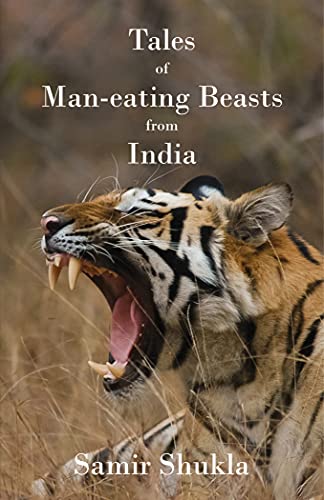
Tales of Man-eating Beasts
Modern authors have stopped using a most wonderful theatre, unique to India, due to an unfounded notion that shikar is an anti-nature act, unsuited to modern ideas of environmental sensitivity and hence it should be avoided as a subject. I strongly feel that it is a counter-productive direction. If the jungles do not return to where they most rightfully belong i.e. in the excitement-seeking young minds, the cause of nature will be harmed enormously.
read more
I recollect my childhood days, when reading a Corbett or an Anderson was the closest I had been to an Indian Jungle. And I am sure that practically every naturalist or wild-life enthusiast of this country would agree with me that those tales served in creating an interest base that subsequently made them venture out into the most exciting world of nature.
It is my personal theory that, of all the storytelling that gets done, none can be more attractive and attracting than tales about animals. There is a hidden string of associations that exists across all minds and all cultures, making all of us curious about our wild brethren.
This book is my modest effort to test this personal notion of mine. I feel that shikar tales are needed to be told and I want to see if modern readers are interested in them or not. I hope that, if this book works, more and more authors, more skilled and imaginative than me, will come forward to explore this exciting medium.
These tales are written in an imaginary, but highly plausible colonial back-drop (specifically, from 1890 to 1900), as I have related with that period as the golden years of Indian shikar tales.
The stories look at each of the four major man- eating beasts that have operated in India to introduce the reader to this very important subject that has moved away from the public eye.
I feel that, unlike authors from the past that explained man-eating only as an act of a deformed (and thus “unnatural”) animal incapable of hunting, a new interpretation for causes of emergence of man- eating is needed today. I have attempted to provide an alternative picture by putting animals in a set of circumstances that may lead them to man-eating without moving away from natural flow.
It is important to realize that, just while you are reading this, somewhere in this vast land, there is bound to be a man-eater on the prowl. Man-eating does not belong to an era; it is just a natural phenomenon that will emerge in various circumstances.